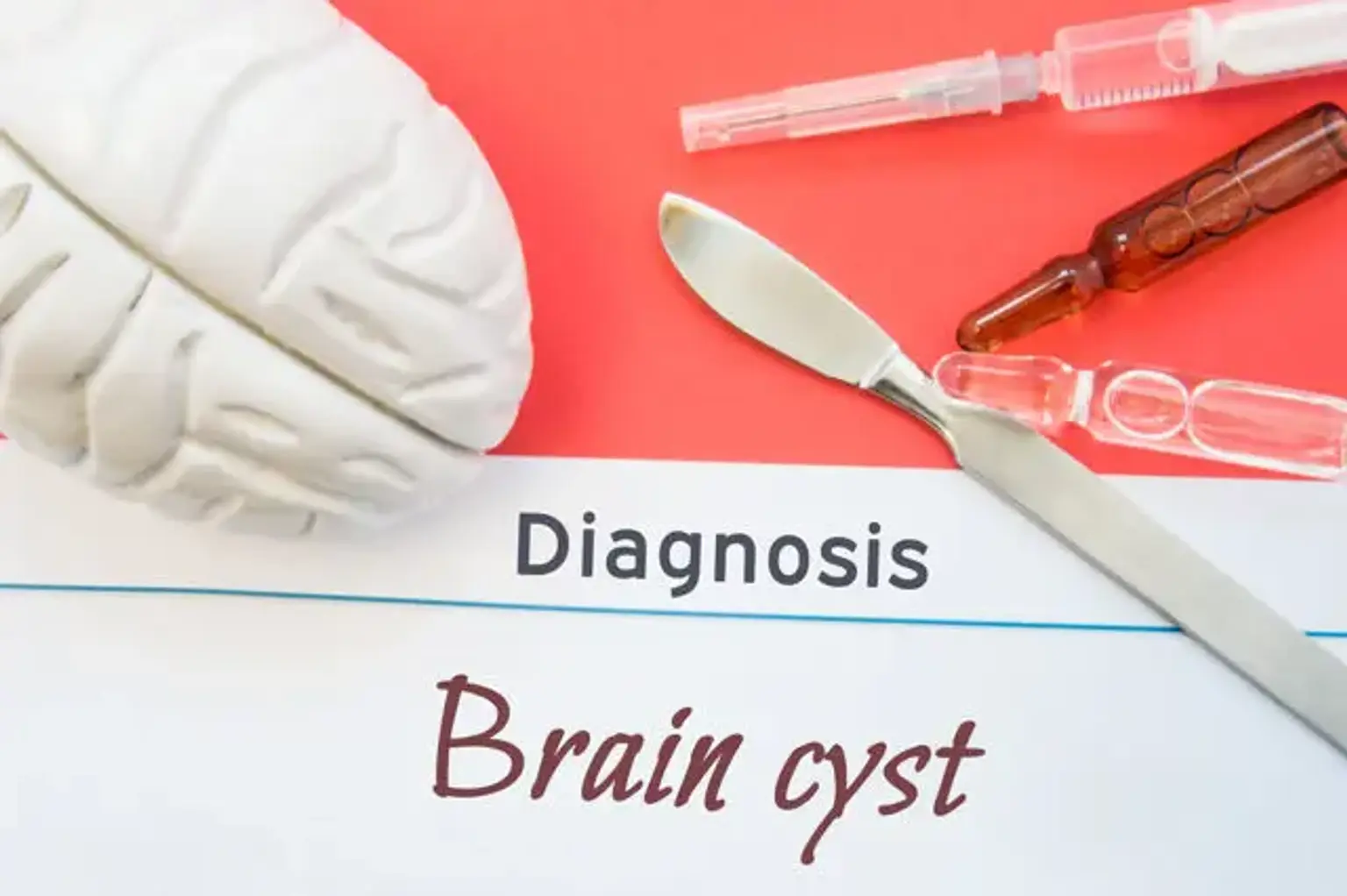Brain Cyst
A brain cyst, also known as the cystic brain lesion, refers to the fluid-filled sac within the brain. The cyst can either be cancerous (malignant) or noncancerous (benign). Malignant cysts develop and can metastasize to other body parts with time while benign doesn’t spread. Furthermore, a cyst can consist of pus, blood, and other content. But in the brain, it can sometimes include cerebrospinal fluid (CSF), a liquid responsible for cushioning and bathing the brain and spine.
Brain cyst may not necessarily be cancerous; however, it can still result in a number of health issues. The cyst can put too much pressure on the brain tissue, causing various symptoms, including headache and vision problems. Early diagnosis and treatment are thus essential to prevent more complications.
